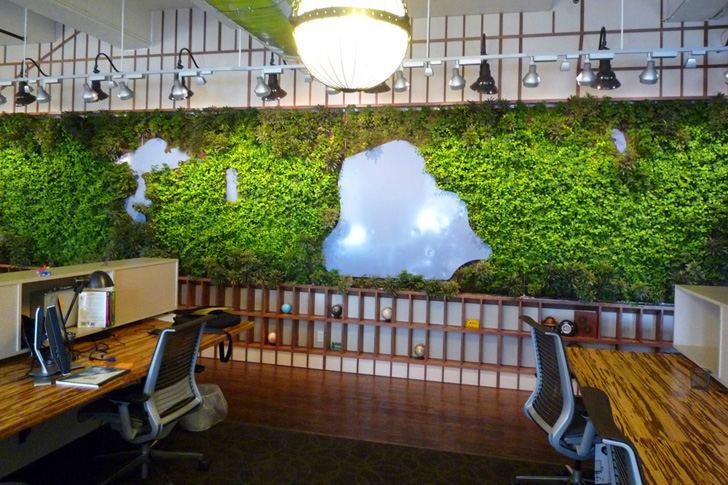The Indian real estate sector underwent a significant transformation in recent years, with the concept of sustainability shaping the future of development. This shift is not merely a trend but rather a response to the increasing awareness of the environmental and social impacts of traditional development practices.
However, for real estate developers in India, finding the ideal balance between profitability and environmental sustainability can take time and effort. In order to understand better, let us explore some critical areas.

The Current Landscape of Real Estate Development in India
The traditional image of real estate developers in India was often characterised by fast-paced construction and high-rise structures. However, this approach is increasingly viewed as unsustainable, leading to environmental degradation, resource depletion, and social disparities. As ecological consciousness rises, associated with government initiatives and changing consumer preferences, the tide is turning towards sustainable development.
Understanding Sustainability in Real Estate Development
Sustainability in real estate, however, transcends the tokenistic gesture of planting a few trees. These sustainable practices go beyond the physical structure. It ensures the well-being of occupants through healthy building materials, natural light, and proper ventilation, fostering a healthy environment where life flourishes. The real estate developers in India have a structural approach that encloses the entire building lifecycle, which includes:
- Land Acquisition: To preserve the environment, real estate developers prioritise the use of brownfield sites and sustainable construction practices. This approach minimises ecological disruption and supports the development of more eco-friendly projects.
Construction Methods: The developers employ resource-efficient techniques, using recycled materials and minimising waste generation. - Water and Energy Usage: Creating a sustainable living environment involves implementing strategies to conserve resources such as water and energy. It can be achieved through the installation of rainwater harvesting systems, solar panels, and energy-efficient measures.
- Healthy Living Environment: It is important to ensure a healthy living environment by choosing eco-friendly building materials, ensuring proper ventilation and natural light, and fostering green spaces within the development.
Profitability vs. Sustainability: The Dilemma
For real estate developers in India, the challenge lies in integrating these sustainable practices without compromising the bottom line. Implementing green technologies like rainwater harvesting or solar panels often comes with an initial cost premium. Studies have shown that these investments can be recouped through reduced operational costs, lower maintenance expenses, and higher rental yields in the long run. Additionally, sustainable projects by real estate developers in India often attract premium valuations, making them a sound investment in the future.
Forward-thinking real estate developers in India are embracing green building technologies like prefabricated construction, which reduces on-site waste and improves resource efficiency. They’re exploring mixed-use developments, like Mahindra Lifespaces’ projects, integrating residential, commercial, and green spaces, promoting walkability and reducing reliance on personal vehicles. These innovations not only contribute to sustainability but also create vibrant communities that enhance the well-being of residents.
Policy and Regulatory Framework
The Indian government recognises the essential role of sustainable real estate. Government initiatives like GRIHA (Green Rating for Integrated Habitat Assessment) and IGBC (Indian Green Building Council) certification provide real estate developers in India with guidelines and incentives to adopt sustainable practices. Additionally, tax benefits and subsidies are encouraging the use of green technologies. This supportive policy framework catalyses positive change.
However, collaboration is equally important. Real estate developers in India, architects, urban planners, and policymakers need to work hand-in-hand to create a conducive ecosystem. Sharing best practices, fostering knowledge exchange, and developing innovative financing models are all essential steps in this collective journey towards a greener future.
Challenges and Opportunities Ahead
Real estate developers in India are facing challenges like a need for more awareness, access to finance, and a skilled workforce. At the same time, the opportunities presented by sustainable development are immense:
- Growing Demand for Eco-Conscious Living: A significant segment of the population today prioritises sustainability when choosing their homes.
- Supportive Policies and Technological Advancements: Initiatives like GRIHA and IGBC, along with advancements in green technologies, are making sustainable development more accessible.
- Positive Social Impact: Real estate developers in India can create healthier communities, reduce pollution, and conserve resources through sustainable projects, also benefiting future generations.
Build Green, Build Profitable: Your Sustainable Future Awaits
Real estate developers in India have the opportunity to create sustainable communities that coexist with nature, resulting in a healthier environment for future generations. By choosing sustainability, developers can tap into a growing market segment, increase property valuations, and make a positive social impact.
